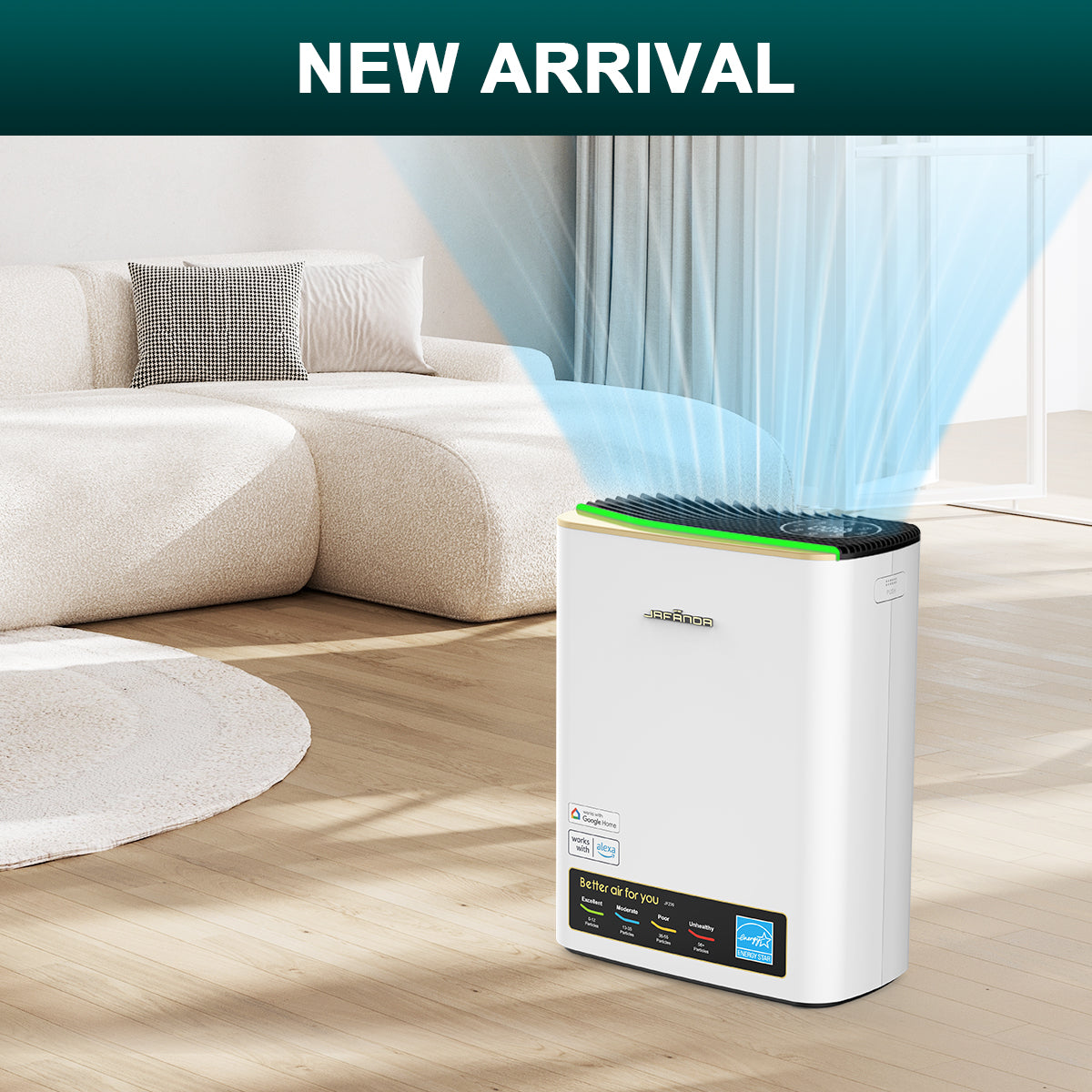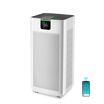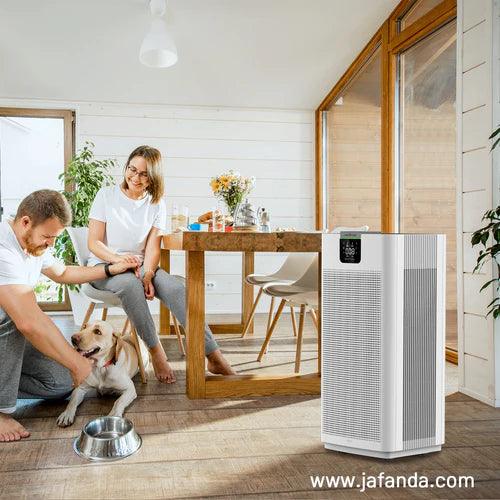The odors from pets mainly originate from their bodily fluids, respiratory tract, and intestines, which include breath and excreted gases, saliva, sebum, and excretions. These bodily fluids and exhaled substances contain various compounds that, when exposed and decomposed in the air, produce odor. Here are some of the primary odor components:
Organic Acids: Organic acids are a common source of pet odor. These substances mainly come from the pet's skin and hair, such as butyric acid, isovaleric acid, and caproic acid. These organic acids have a sour-smelling odor.
Ammonia, Urea, and Organic Amines: These compounds mainly come from pet urine. Ammonia has a strong pungent smell, and urea decomposes into ammonia upon contact with air.
Volatile Sulfur Compounds: These substances primarily exist in the pet's mouth and intestines, such as hydrogen sulfide and methyl mercaptan, which produce an odor similar to that of "rotten eggs."
Ketones and Aldehydes: These substances can also be found in pet bodily fluids, breath, and excreted gases, and they have a unique sweet or fruity smell.
It's important to note that different pets (like cats and dogs) may produce different odor components, and the pet's diet, health status, and individual differences can also affect the composition and intensity of the odor.
Using activated carbon filters, especially air purifiers equipped with filters filled with pet odor removal materials, can help adsorb and remove these odor substances, reducing indoor pet odor.











Leave a comment
All comments are moderated before being published.
This site is protected by hCaptcha and the hCaptcha Privacy Policy and Terms of Service apply.